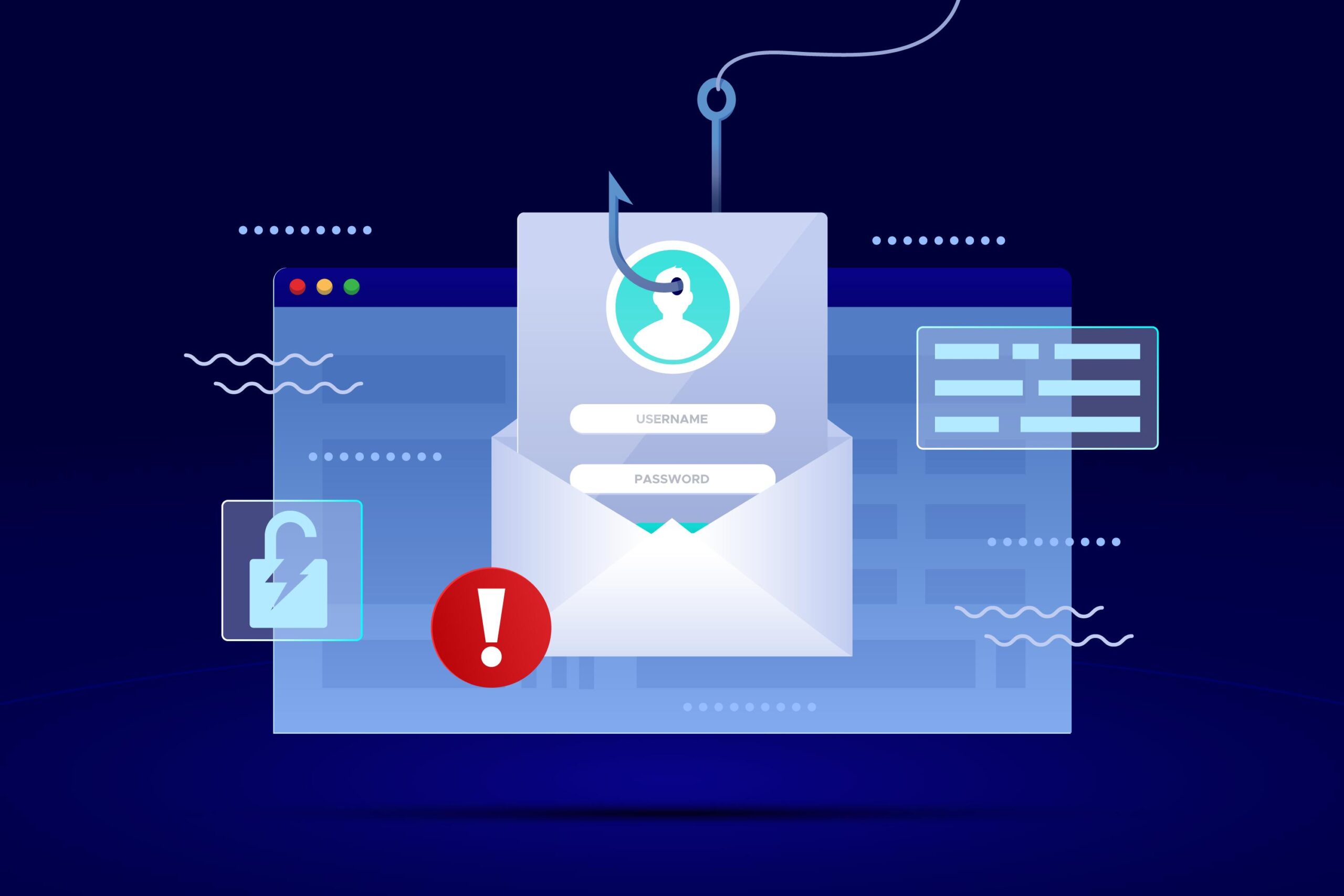Our era of technological evolution has created a world where personal and professional lives revolve around the internet. However, this reliance also puts our essential data at risk of cyberattacks.
Phishing is a form of cybercrime where attackers trick individuals into providing sensitive information by disguising themselves as trustworthy entities through digital communication.
This blog explains phishing, how to recognize it, and offers practical guidance on protecting yourself effectively.
Understanding Phishing
Phishing is not a new phenomenon but has evolved with technological advancements. Initially, phishing attacks were primarily conducted via email, but today they span various mediums, including social media, text messages, and even phone calls. Understanding the different types of phishing is crucial:
- Email Phishing: The most common form involves sending fraudulent emails that come from reputable sources to steal personal information.
- Spear Phishing: More targeted than generic email phishing, spear phishing involves tailored messages to an individual, often using personal information to appear legitimate.
- Whaling: A spear-phishing targeted at senior executives and other high-profile targets to steal sensitive information from a corporation or gain unauthorized access to the system.
Recognizing Phishing Attempts
Phishing attempts can be sophisticated, but certain signs help identify them:
- Suspicious Sender: Check the sender’s email address for slight misspellings or strange domains.
- Grammar and Spelling Errors: Professional organizations typically ensure their communication is free of such errors.
- Urgency and Threats: Phishing attempts often create a sense of urgency or convey threats to provoke immediate action.
For example, you might receive an email that appears from your bank asking you to confirm your account details urgently, or you risk it being closed. Such tactics should immediately raise red flags.
Preventive Measures
To protect yourself from phishing, adopt the following security practices:
- Update and Patch: Ensure your operating system and applications are up-to-date with the latest patches and updates, which often close security holes that phishers exploit.
- Use Anti-Phishing Tools: Most internet security suites include anti-phishing tools that detect and block phishing content. Utilize such tools, along with spam filters, to reduce the risk of phishing emails reaching your inbox.
- Multi-factor Authentication (MFA): Even if phishers obtain your password, MFA can prevent them from accessing your account by requiring an additional verification step.
Education is your best defense. Regularly updating yourself and your team (if applicable) about new phishing techniques and how to recognize them can reduce the likelihood of falling victim to such attacks.
Action Steps if Targeted by Phishing
If you suspect a phishing attempt:
- Do Not Engage: Do not click any links, download any attachments, or reply to the message.
- Report It: Report the phishing attempt to the relevant authority—this could be your company’s IT department, your bank, or a government body like the FTC in the United States.
- Change Passwords: If you suspect your information might have been compromised, change your passwords immediately.
Recovery Measures: If you’ve responded to a phishing email and provided personal information, monitor your accounts closely for any unusual activity, consider credit freezes, and alert your financial institutions.
Conclusion
Recognizing and preventing phishing attempts are key to protecting your sensitive personal information from cybercriminals. By staying educated about phishing tactics, exercising caution in your digital interactions, and using appropriate tools, you can significantly mitigate the risk of becoming a phishing victim.
Always remember to maintain vigilance and educate those around you about the dangers of phishing. If you’re ever in doubt, it’s better to verify the authenticity of the communication directly through official channels.
Stay safe and vigilant in your cybersecurity practices to ensure you are not the weakest link in the face of phishing threats.


